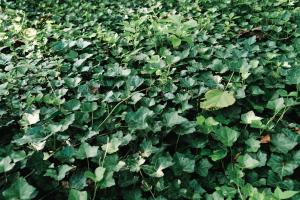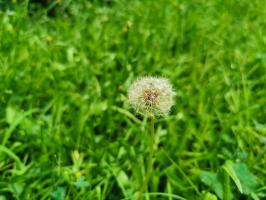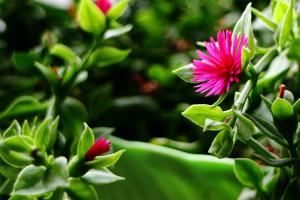How Close Do Cherry Trees Need to be Planted?
If you are considering planting cherry trees in your yard or orchard, one of the most important considerations is the distance between the trees. The spacing of cherry trees can have a significant impact on the health and productivity of the trees, as well as the size and quality of the fruit they produce. In this article, we will explore the ideal spacing for cherry trees and provide tips for planting and maintaining a successful cherry orchard.
Ideal Spacing for Cherry Trees
The ideal spacing for cherry trees depends on a number of factors, including the variety of cherry, the rootstock used, and the growing conditions in your area. As a general rule, sweet cherry trees should be planted about 20 to 30 feet apart, while sour cherry trees can be planted slightly closer, at around 15 to 20 feet apart. Dwarf cherry trees can be planted even closer together, at about 10 to 12 feet apart.
It is important to note that these are general guidelines, and the specific needs of your cherry trees may vary depending on the variety and growing conditions. Consulting with a local expert or arborist can help you determine the ideal spacing for your cherry trees.
Factors to Consider When Planting Cherry Trees
When planting cherry trees, there are several factors to consider in addition to spacing. One of the most important considerations is soil quality, as cherry trees prefer well-draining soil that is rich in organic matter. Additionally, cherry trees require full sun and regular irrigation, particularly during the early years of growth.
Another factor to consider is the rootstock used. Different rootstocks can affect the growth and productivity of cherry trees, and choosing the right rootstock can help ensure healthy and productive trees. Additionally, some varieties of cherry trees are self-fertile, while others require cross-pollination. Understanding the pollination requirements of your cherry trees can help you plan for successful fruit production.
Maintaining a Healthy Cherry Orchard
Once your cherry trees are established, it is important to maintain their health and productivity through proper care and maintenance. Regular pruning is essential for promoting healthy growth and fruit production, and should be done in the late winter or early spring, before new growth begins.
Cherry trees also require regular fertilization to ensure healthy growth and fruit production. Applying a balanced fertilizer in the spring and fall can help provide the nutrients your trees need to thrive.
Pest and disease management is also important for maintaining a healthy cherry orchard. Regular monitoring can help detect and prevent insect infestations and fungal diseases, while cultural practices like proper irrigation and pruning can help prevent some common issues.
Conclusion
Planting cherry trees can be a rewarding and fruitful endeavor, but it requires careful planning and attention to detail. Understanding the ideal spacing for cherry trees and the factors that contribute to their health and productivity is essential for success. By following these guidelines and consulting with local experts, you can ensure a successful cherry orchard that will provide delicious fruit for years to come.

 how many times do yo...
how many times do yo... how many planted tre...
how many planted tre... how many pine trees ...
how many pine trees ... how many pecan trees...
how many pecan trees... how many plants comp...
how many plants comp... how many plants can ...
how many plants can ... how many plants and ...
how many plants and ... how many pepper plan...
how many pepper plan...































